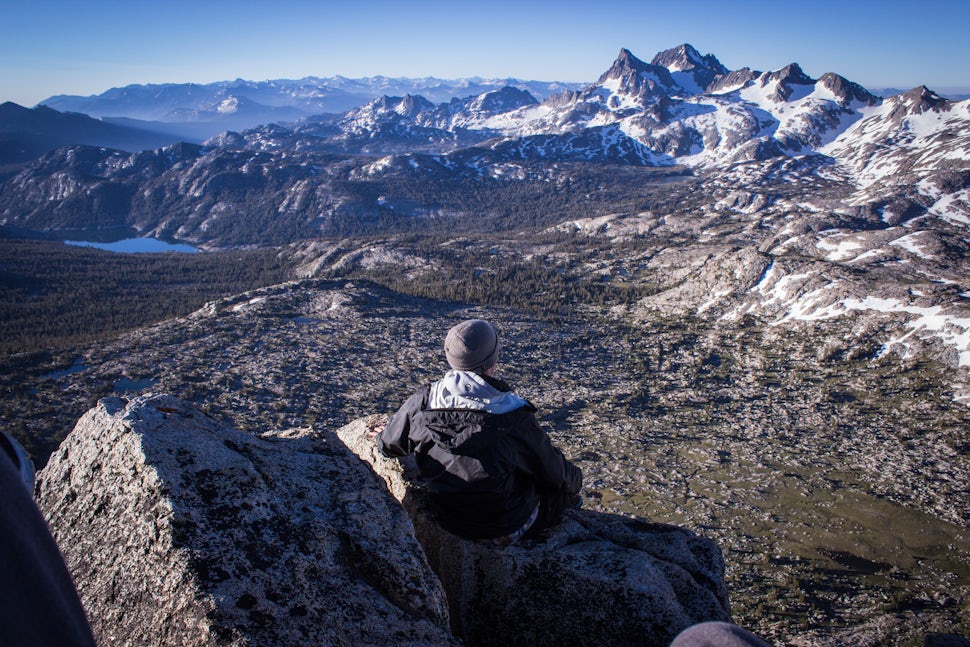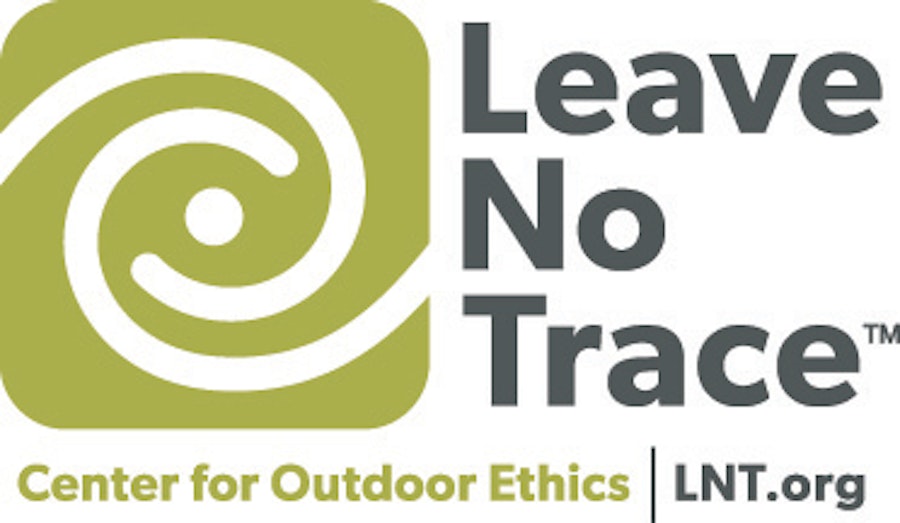5 Lessons I Learned On My Failed Attempt Of The Pacific Crest Trail
It's not (entirely) about the hike.

In May of 2015 I woke at 5 AM in a stranger’s backyard to be driven to the Mexican border in Southern California. I had abandoned a stable corporate job, subleased my apartment, cleared my bank account and would hike the 2,650 miles from Mexico to Canada on the Pacific Crest Trail. I started a blog, chronicled my preparations and told everyone I could about the adventure I was about to embark on. I expected the hike to take five months to complete.
8 hours later I took a tumble and broke my ankle.
It is only now, as the registration for 2016 thru-hiking permits opens back up, that the dust has settled enough to take away a few lessons from the experience. There are hundreds of accomplished thru-hikers who can tell you what goes into a successful hike, I am here to tell you what you can learn from a failure.
1. Other people’s gear lists are not gospel.
In the months leading up to my PCT attempt, I poured over the meticulous listings of gear used by hikers who came before me. While some variation existed, I quickly learned there was actually tremendous overlap in the gear everyone from section hikers to triple crown achievers used. One such piece was the use of trail runners instead of hiking boots. While these lightweight, durable shoes have worked tremendously for previous hikers I had never done any hiking without boots that fully supported my ankles. Rather than taking my own experience into account, I deferred only to the experience of others and I left my boots behind without a second thought. In retrospect, my experience with supportive boots meant that under the new burden of full pack weight my ankles were incredibly susceptible to rolling. Had I put more value in personal experience I would have held on to my boots for at least the first few hundred miles, developed additional strength, and my fall could have resulted in little more than a scraped knee.

2. You can’t always avoid failure.
In the weeks and months after my injury I replayed the incident countless times in my mind. What if I had rested longer at the midday break? What if I hadn’t added extra food to my pack at the last minute? What if I had worn the boots I was accustomed to? While my endless rumination certainly had me considering the implications of my shoe selection, ultimately there was nothing I could have done to guarantee prevention of injury. I took a step, hit soft ground at a peculiar angle, and gravity brought me down. It could have happened to anyone at any point on the trail. Impressively experienced hikers were felled by illnesses and injuries of their own. Worrying about why me and why then would neither put me back on the trail, nor make my bones heal faster.
3. You are probably your own harshest critic.
After the decision was made to get off the trail and see a doctor I dreaded announcing what had happened. I boasted so loudly of my excitement and nearly everyone I knew was aware of my plans. Informing dozens of close friends and family members that not only did I not complete the trail but I didn’t even make it through the first day without injury? That sounded like an admission of complete personal failure. How could I not seem like a failure? I did the only thing I knew - I wrote. I wrote about the day in excruciating detail and shared the post on every social media outlet I had.
What happened next stunned me. I began to receive emails, instant messages, and texts from former bosses, colleagues, family friends, and childhood buddies I hadn’t spoken with in years. Every single message was one of love and support. Some commended my willingness to give the trail a shot, others my willingness to share the pain and immediacy of my departure. Not a single response contained the judgement I had heaped upon myself.

4. The trail will always be there.
There are few outings that require more logistics than a thru-hike of the Pacific Crest Trail. You must have enough money to quit your job, not necessarily knowing when you’ll be employed again (certainly no sooner than 4 months). You must arrange to feed yourself over thousands of miles of wilderness. You make arrangements for pets and bills and vehicle storage and transit. The prep feels truly endless, and by the time you step foot at the southern terminus monument you will think you could never line up all these ducks ever again. When you step onto the trail it will feel like your one and only chance.
This feeling is a lie. Because I have gone through the process of preparing once I could do it again with incredible efficiency. I know what is necessary (navigation apps) and what isn’t (a 100% maildrop resupply strategy). After an initial thru-hike attempt you will own everything you need to try again, be it in one year or ten. If the PCT is something your heart and head need, you can and will return.
5. It’s not (entirely) about the hike.
I took on the PCT because I knew I needed to detach from my world and surround myself with people and landscapes that inspired me. While the PCT was the most direct route to that objective, it was not the only one. An end of my hike did not need to mean an end to a beautiful summer. I hopped in my car, drove through the parks that surround the trail, and hobbled around car camping sites on a brace. This was how I would hike my own hike. For this year at least.

Cover photo: Alex Souza
Don't see your favorite adventure on The Outbound? Show us by creating an adventure.
Please respect the places you find on The Outbound.
Always practice Leave No Trace ethics on your adventures. Be aware of local regulations and don't damage these amazing places for the sake of a photograph. Learn More
We want to acknowledge and thank the past, present, and future generations of all Native Nations and Indigenous Peoples whose ancestral lands we travel, explore, and play on. Always practice Leave No Trace ethics on your adventures and follow local regulations. Please explore responsibly!
Do you love the outdoors?
Yep, us too. That's why we send you the best local adventures, stories, and expert advice, right to your inbox.









